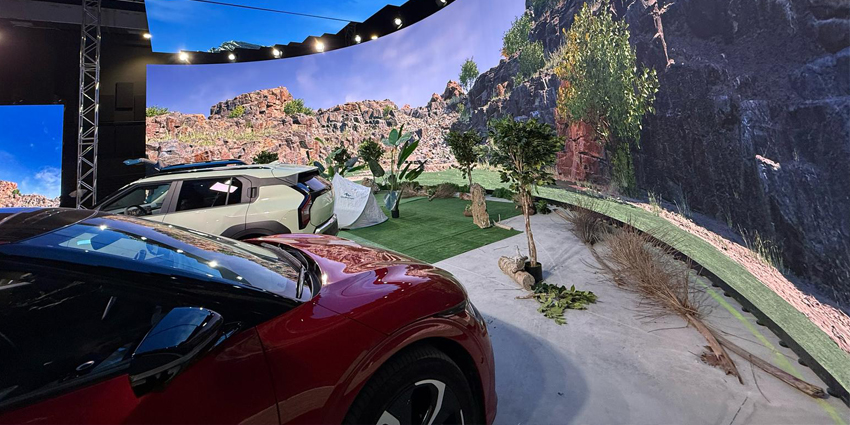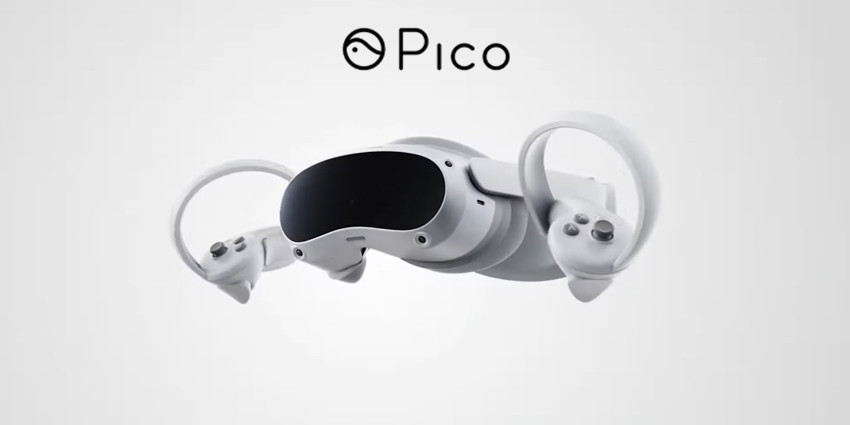US Army researchers have begun exploring further uses for its Integrated Visual Augmentation System (IVAS) headsets by testing them with soldiers on military aircraft, it announced on Monday.
IVAS boosts combat situational awareness for soldiers and uses high-resolution virtual experiences to facilitate locating and sensing soldiers, expedite decision making, and combat engagement.
Soldiers will also use the platform for training, practisisng, and engaging in combat, the US Army added.
The Army used IVAS for dismounted soldiers during the initial testing phase, but researchers, scientists, and engineers later added further capabilities to allow soldiers to boost situational awareness while being transported in ground combat vehicles.
The Army Futures Command (AFC), along with Project Manager IVAS, have begun testing the platform for pilots and crew members on Black Hawk and Chinook helicopters while in combat.
Dr Navin Mathur, IVAS Platform Integration Project Engineer with the Command, Control, Communications, Computers, Cyber, Intelligence, Surveillance, and Reconnaisance (C5ISR) Center, said:
“The Army is investing in resources to broaden the emerging capabilities of IVAS to improve effectiveness and safety of airborne Soldiers en route to their mission”
The C5ISR Center is a branch of the AFC Combat Capabilities Development Command (DEVCOM).
Initial testing with paratroopers using the IVAS took place in May at the Experimentation Demonstration Gateway Event (EDGE) 21, which would set the stage for Project Convergence 21.
Paratroopers from the 82nd Airborne Division were placed on two Black Hawk helicopters, just weeks after completing additional testing at the Soldier Touch Point 4 exercises at Fort Bragg in North Carolina, to prepare for EDGE 21.
Soldiers received live video feeds to their headsets via a camera at the bottom of the helicopters travelling to their destination. The IVAS headsets would also allow soldiers to switch between screens while increasing or decreasing the size of images, as well as change mission plans while in flight.
Air-Launched Effects (ALE), or small unmanned aerial vehicles from helicopters while in flight, could potentially assist soldiers with the mixed reality (MR) systems, which soldiers could potentially control directly using the headset rather than tablets in the near future.
Dr Mather concluded:
“During the development phases for these current and future ground and air platforms, we’re focused foremost on the putting together the user experience. The team is getting their feedback during exercises like EDGE and making quick upgrades. We’re continually refining designs to meet their needs.”
The C5ISR supports the US Army with research and technological development in line with the branch’s six modernisation goals. The Army’s DEVCOM is a subordinate to the US Army Future’s Command.
The news comes after US tech giant Microsoft announced it would release IVAS headsets for service to the US Army in September, following two years of testing and development.
The IVAS is built from the Microsoft HoloLens and is expected to reach 40,000 units by late 2021.







